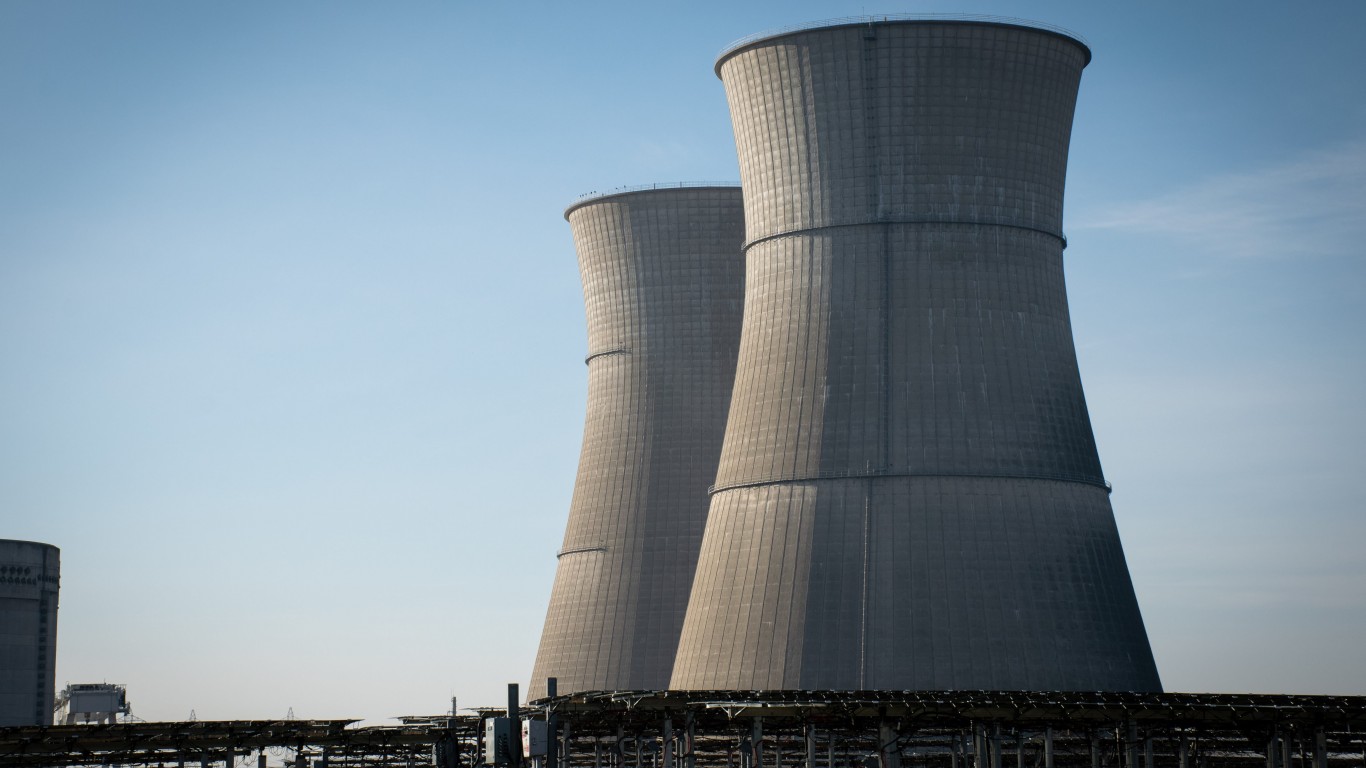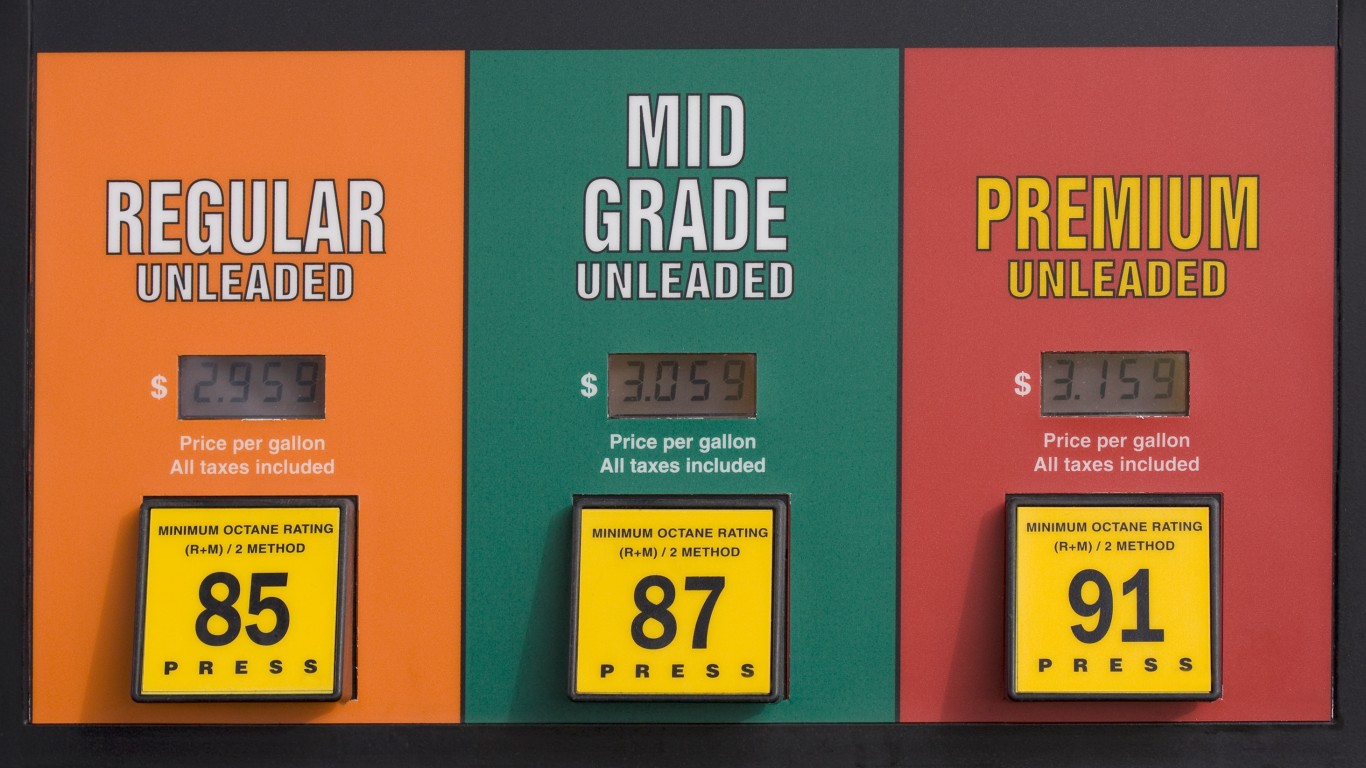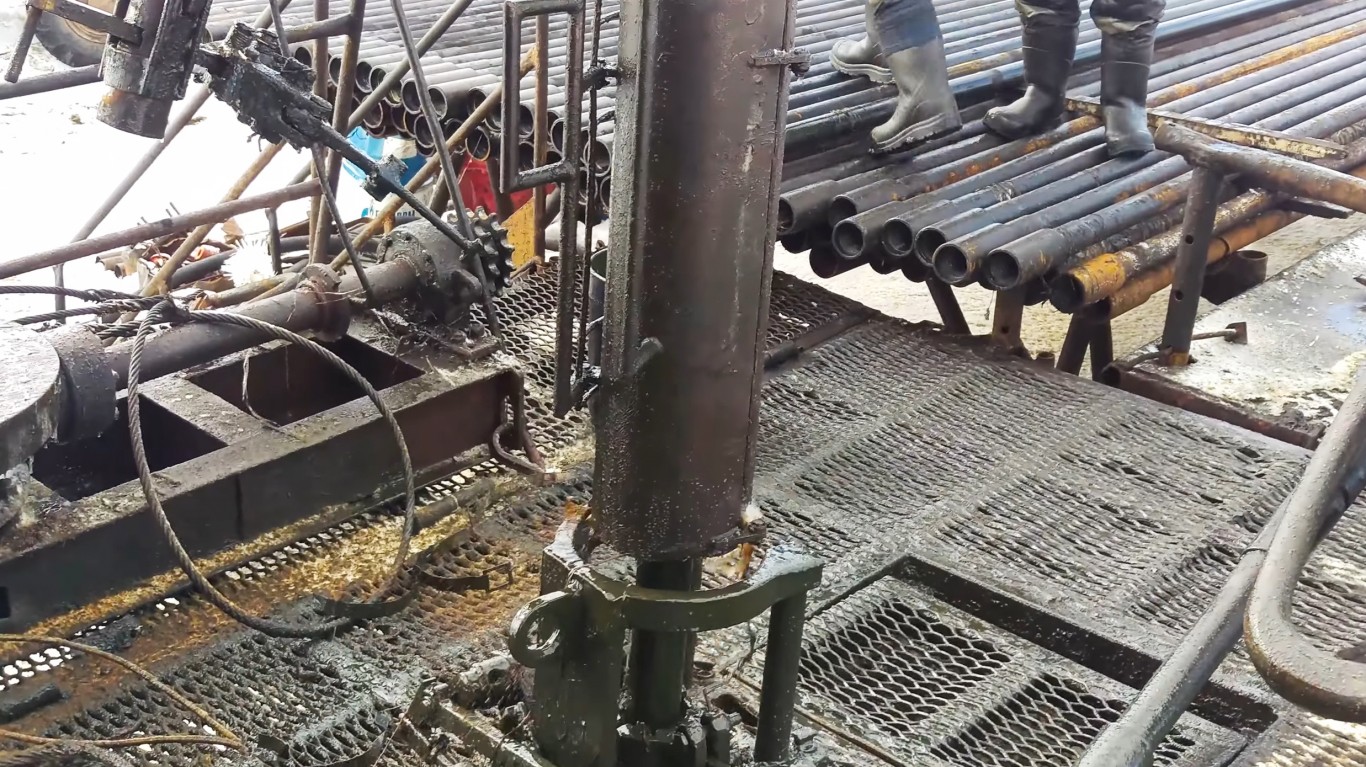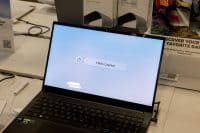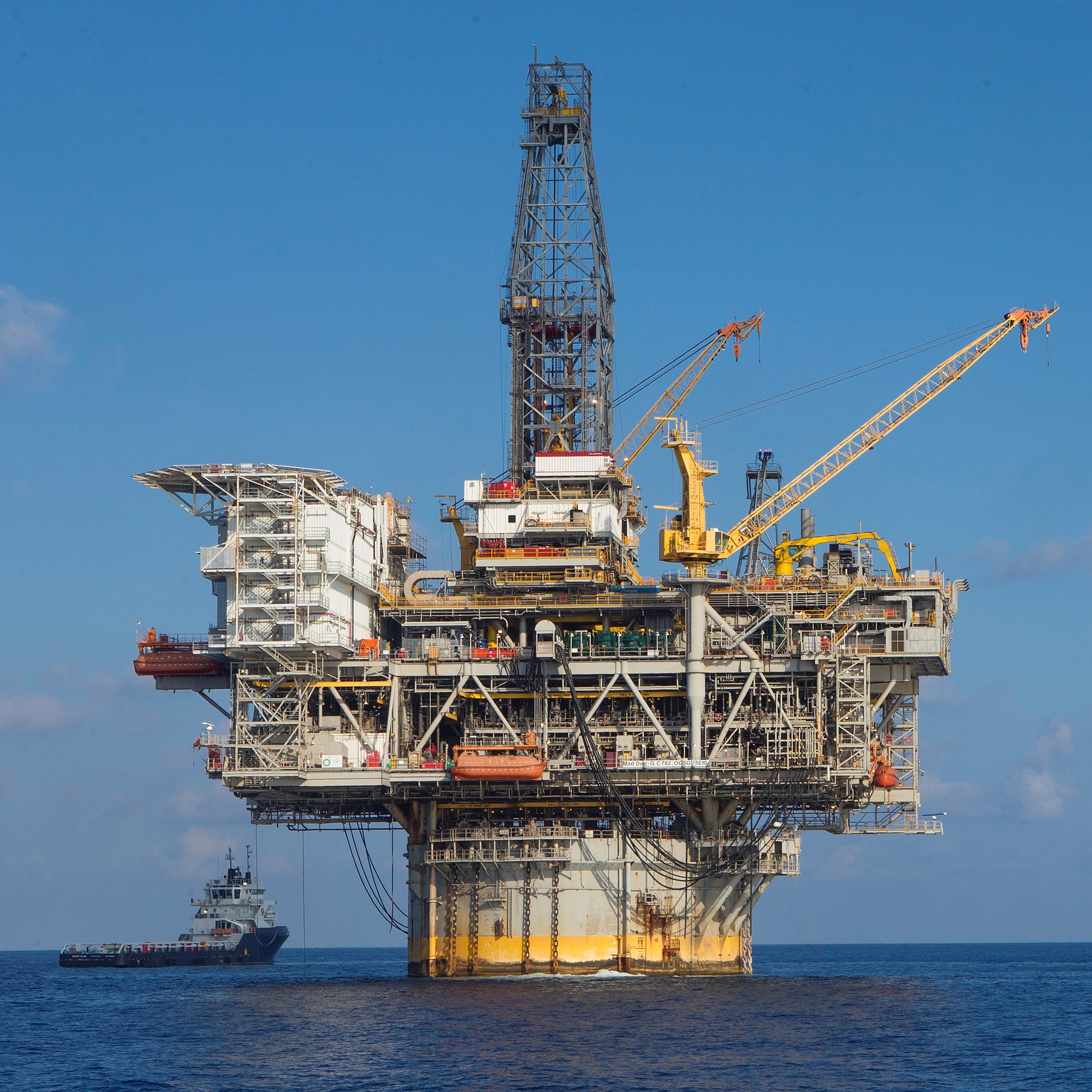
U.K.-based BP PLC (NYSE: BP) reports first-quarter earnings early Tuesday morning and, as always, investors will be looking for signs of any change in the company’s $2.40 annual dividend per American depositary share (ADS). The dividend yield at Monday’s noon-hour share price is around 5.57% is rich indeed.
Beginning with the Deepwater Horizon disaster in April 2010, BP has had a tough string of years. As of the end of last year, the company had paid out nearly $66 billion related to the explosion that killed 11 workers and dumped millions of barrels of crude oil into the Gulf of Mexico. The company expects to pay more than $3 billion more this year, $2 billion next year and about $1 billion “thereafter.”
Then the bottom fell out of the market and low crude oil prices pressured BP earnings again. But the company finally turned things around last year with earnings per ADS of $1.88 and revenues of more than $240 billion, both higher than consensus estimates.
CEO Bob Dudley crowed a bit when fourth-quarter results were announced:
We enter the second year of our five-year plan with real momentum, increasingly confident that we can continue to deliver growth across our business, improving cash flows and returns for shareholders out to 2021 and beyond.
For the first quarter, analysts have estimated earnings per ADS of $0.68, up 48% year over year, and revenues of $67.95 billion, up about 22% from a year ago. Rising prices for crude oil will bolster BP’s earnings but reduced margins for refining follow along. In the fourth quarter, the company’s marker margin was $14.40 a barrel, down from $16.30 in the third quarter, and it likely fell further in the first quarter.
Offsetting that in the fourth quarter was higher production and about $8.60 a barrel in higher realized pricing sequentially and more than $12.70 more than in the fourth quarter of 2016.
BP also expects to reduce its breakeven price for producing a barrel from around $50 a barrel currently to a range of $35 to $40 by 2021 when it also expects production to rise by about a million barrels a day.
Both Exxon and Chevron reported higher realized prices for oil in the first quarter, and BP should be no different. But analysts have set a much higher bar for earnings than was set for either Exxon (per share earnings estimate up 19%; which Exxon missed) or Chevron (estimate for 5.7% earnings per share growth, which the company soared over).
BP’s ADSs traded up 0.6% in the noon hour Monday, at $44.50 in a 52-week range of $33.90 to $44.89. The 12-month consensus price target is $45.20. One ADS is equal to six ordinary shares.
Take Charge of Your Retirement: Find the Right Financial Advisor For You in Minutes (Sponsor)
Retirement planning doesn’t have to feel overwhelming. The key is finding professional guidance—and we’ve made it easier than ever for you to connect with the right financial advisor for your unique needs.
Here’s how it works:
1️ Answer a Few Simple Questions
Tell us a bit about your goals and preferences—it only takes a few minutes!
2️ Get Your Top Advisor Matches
This tool matches you with qualified advisors who specialize in helping people like you achieve financial success.
3️ Choose Your Best Fit
Review their profiles, schedule an introductory meeting, and select the advisor who feels right for you.
Why wait? Start building the retirement you’ve always dreamed of. Click here to get started today!
Thank you for reading! Have some feedback for us?
Contact the 24/7 Wall St. editorial team.
